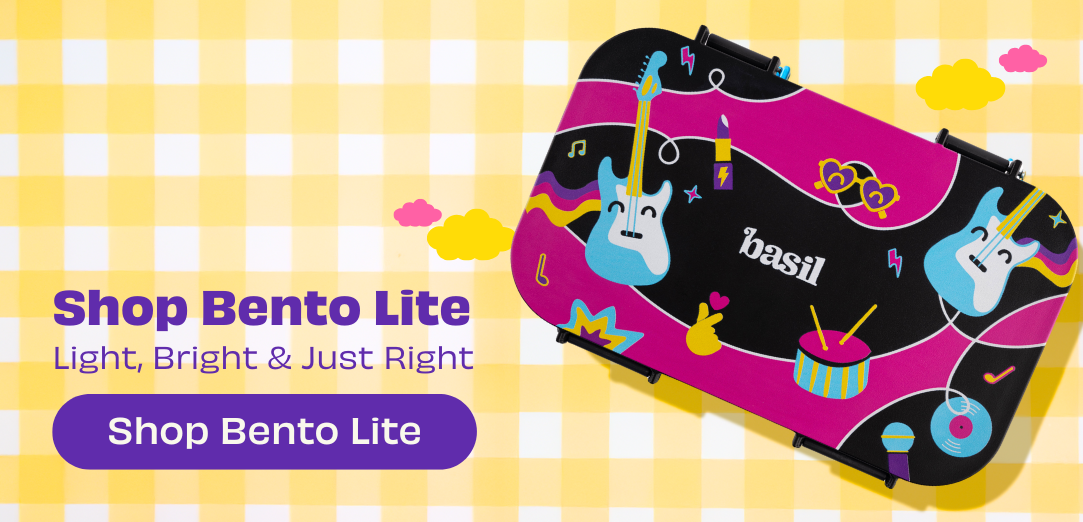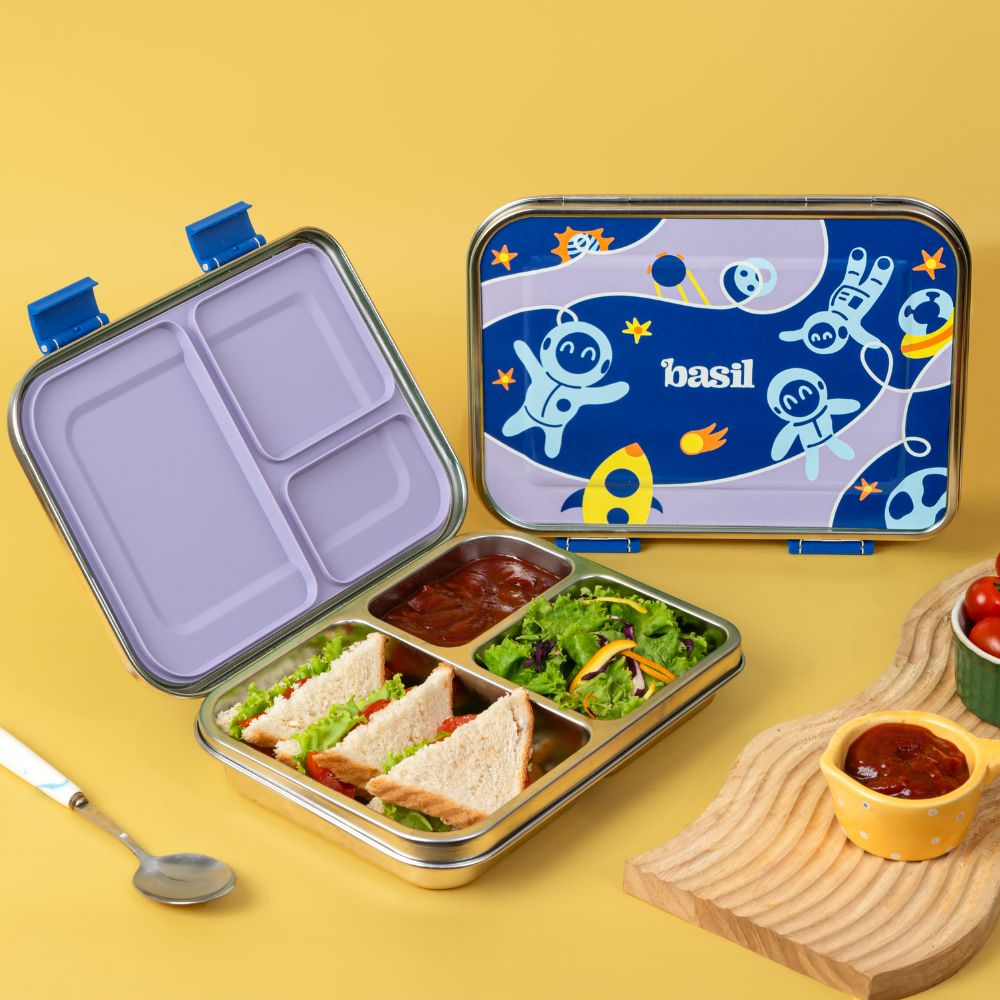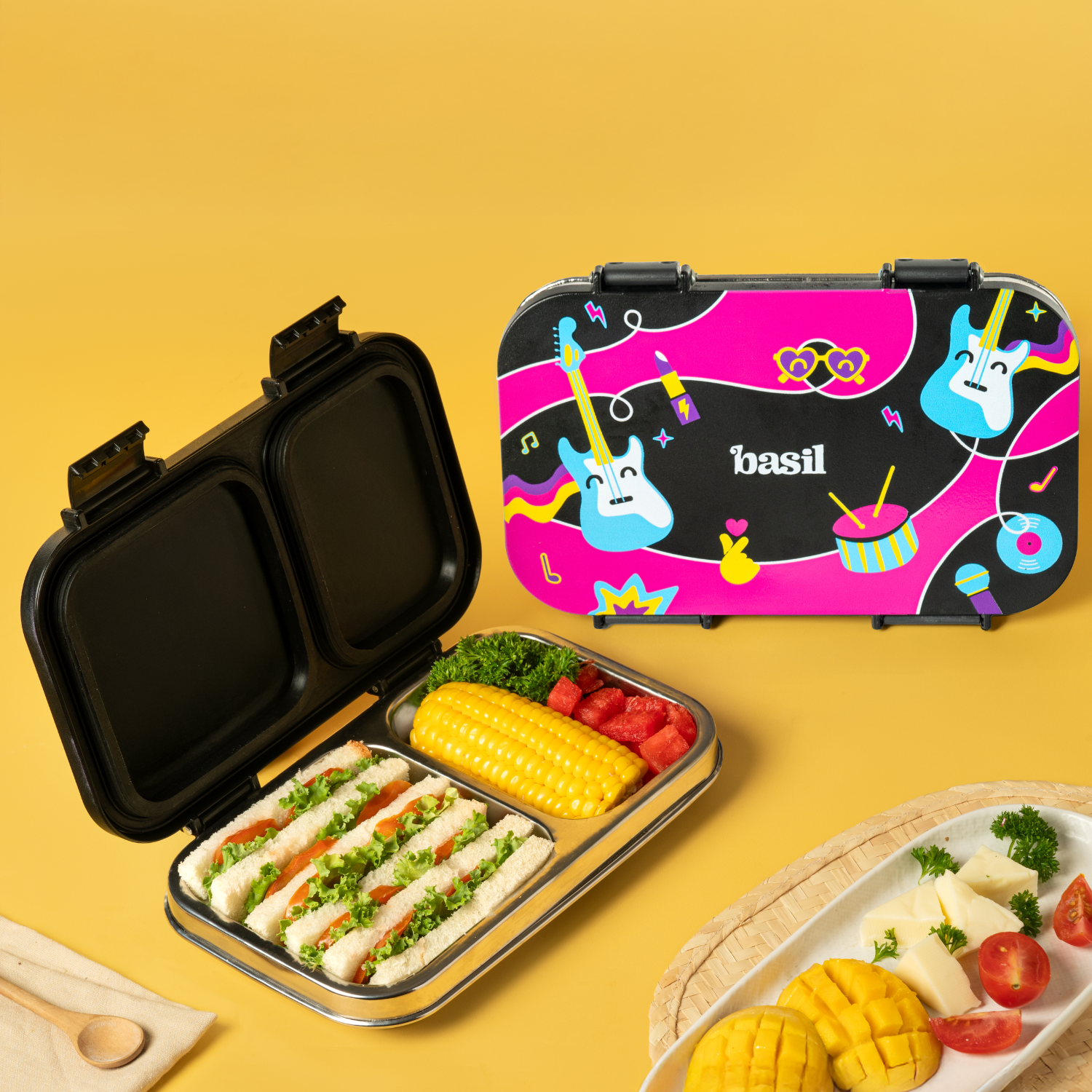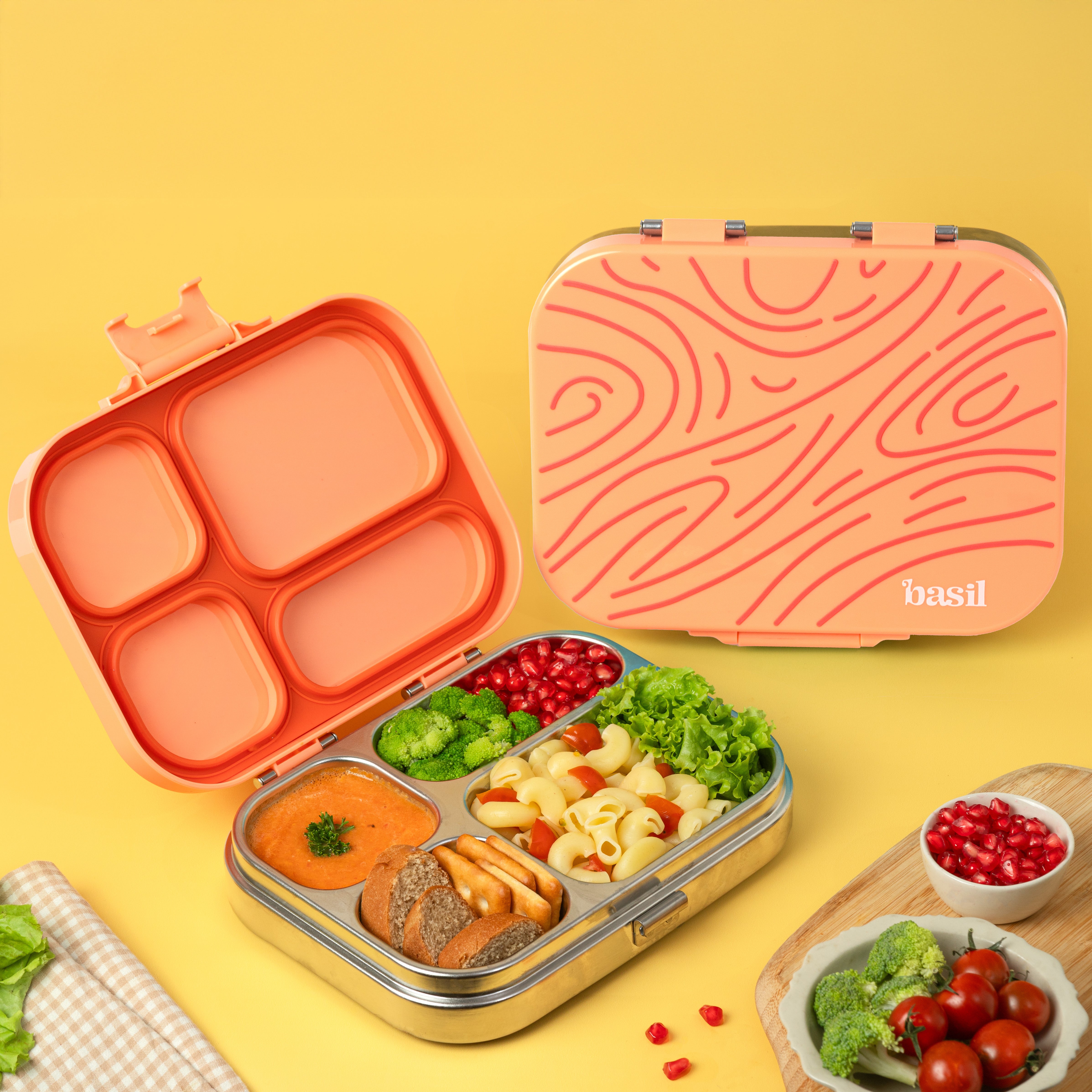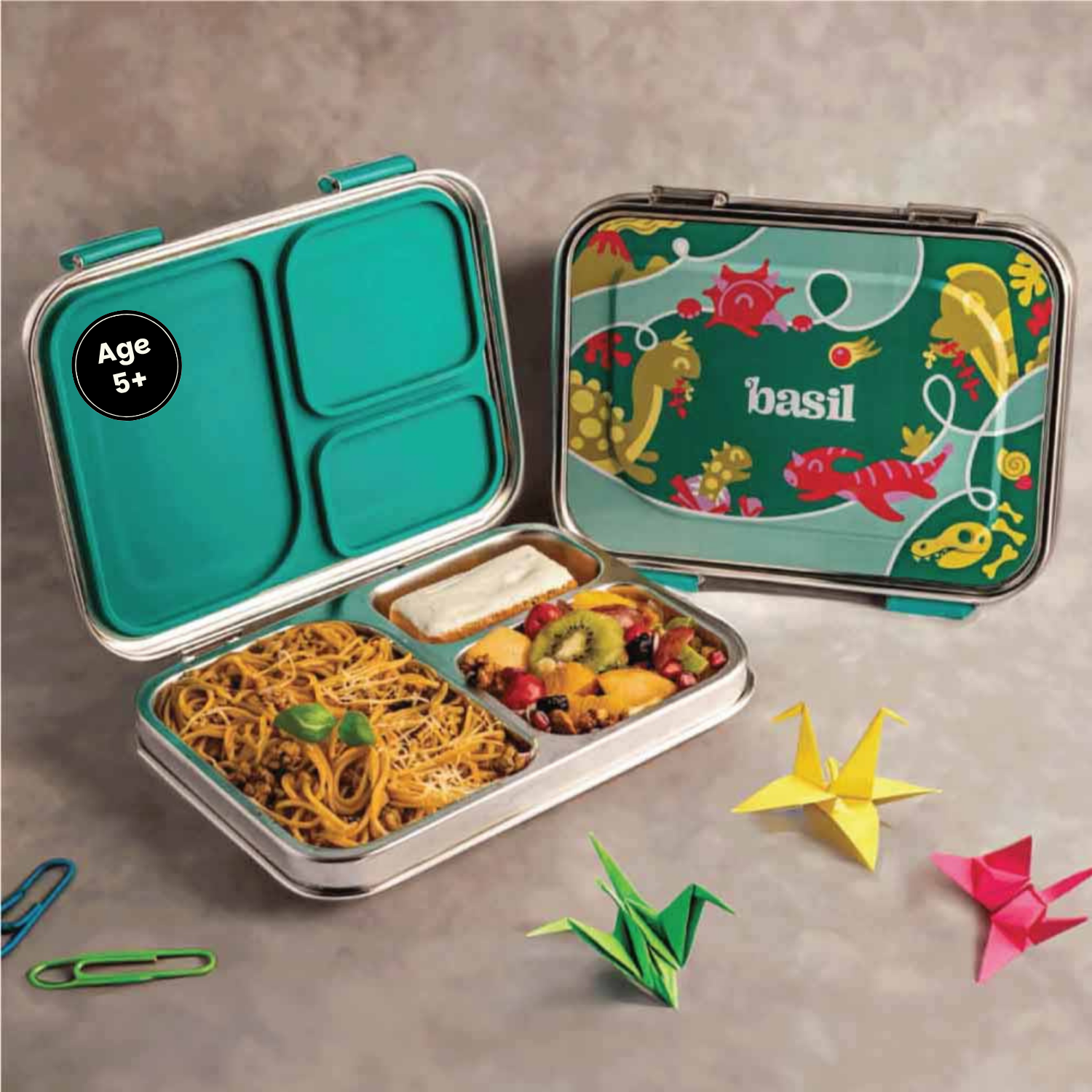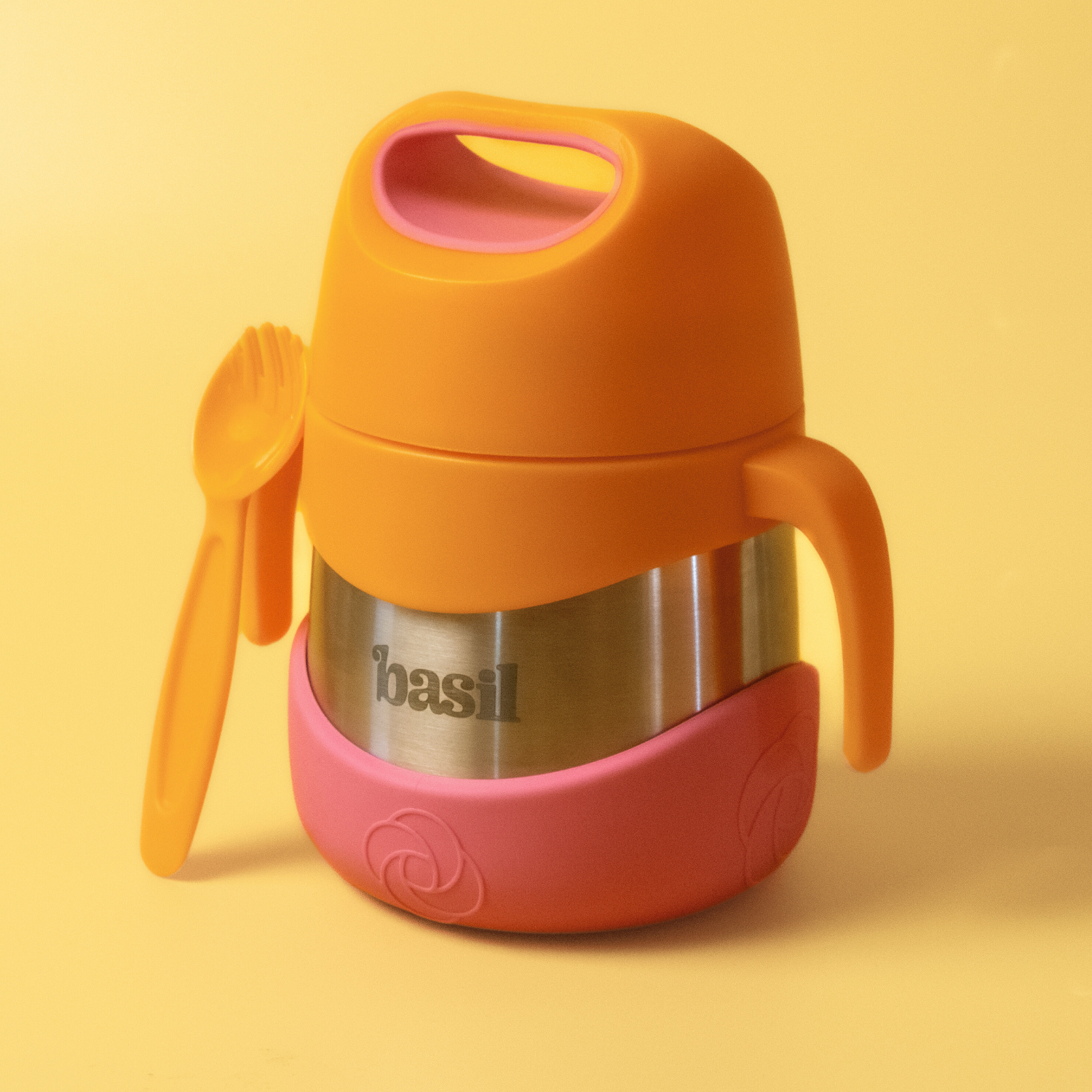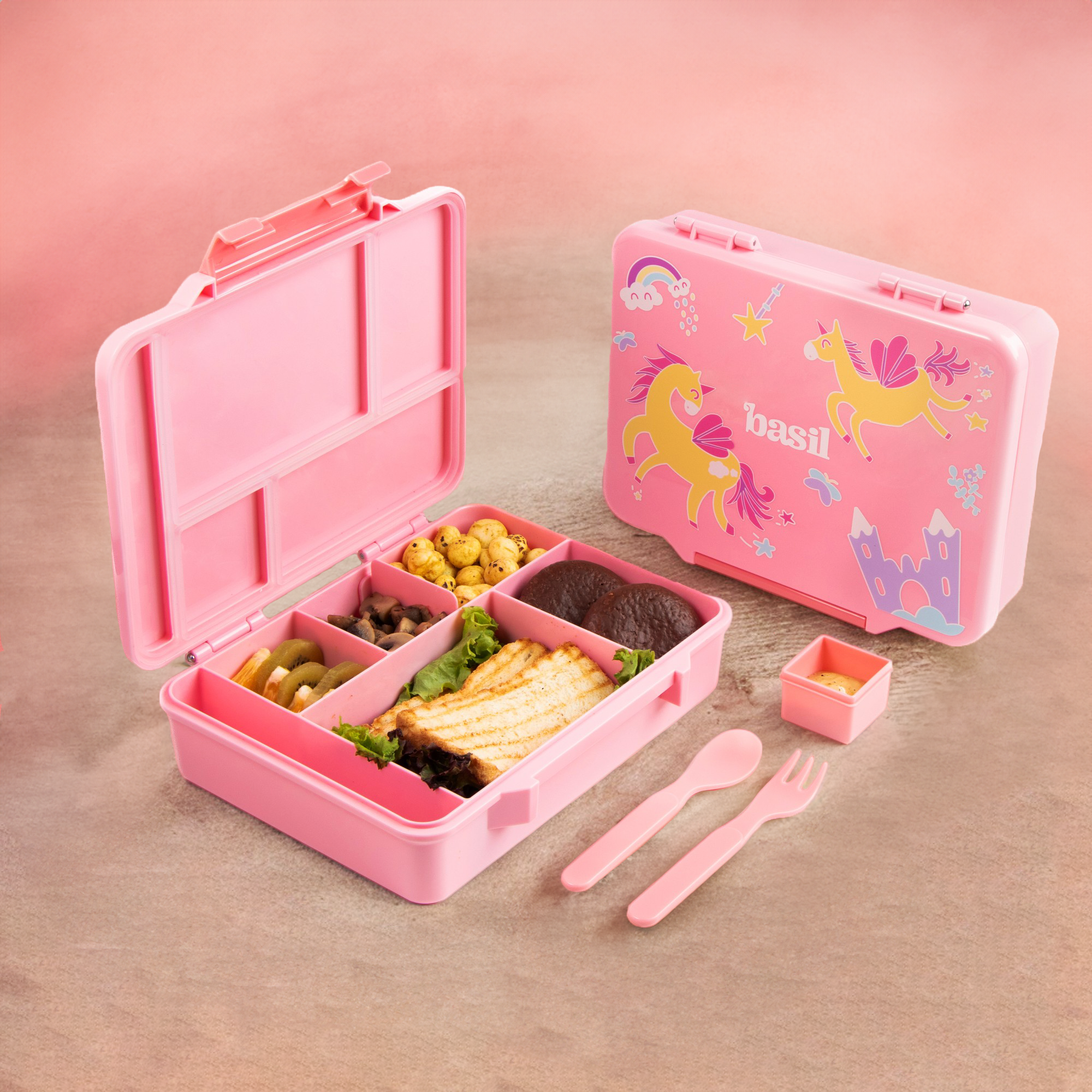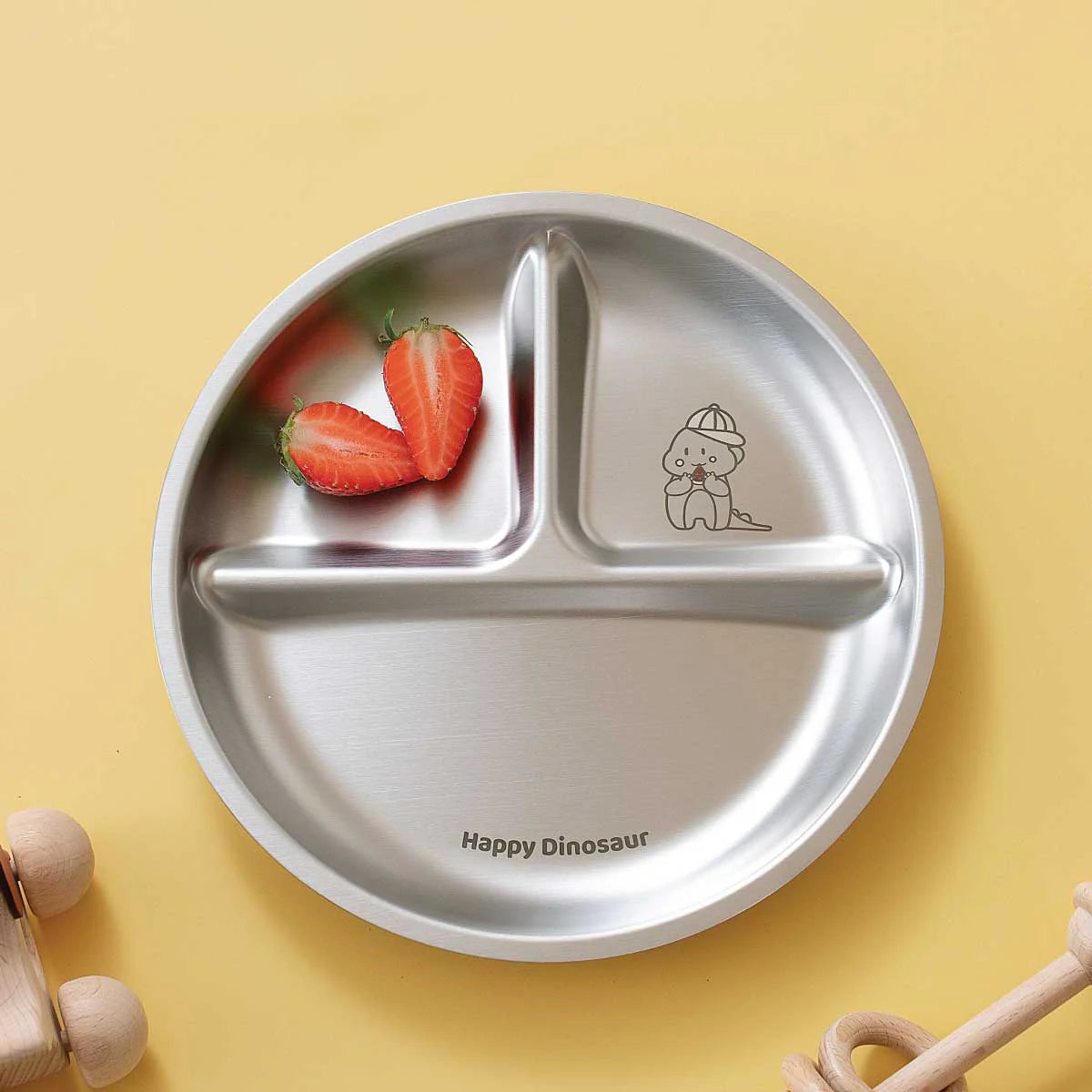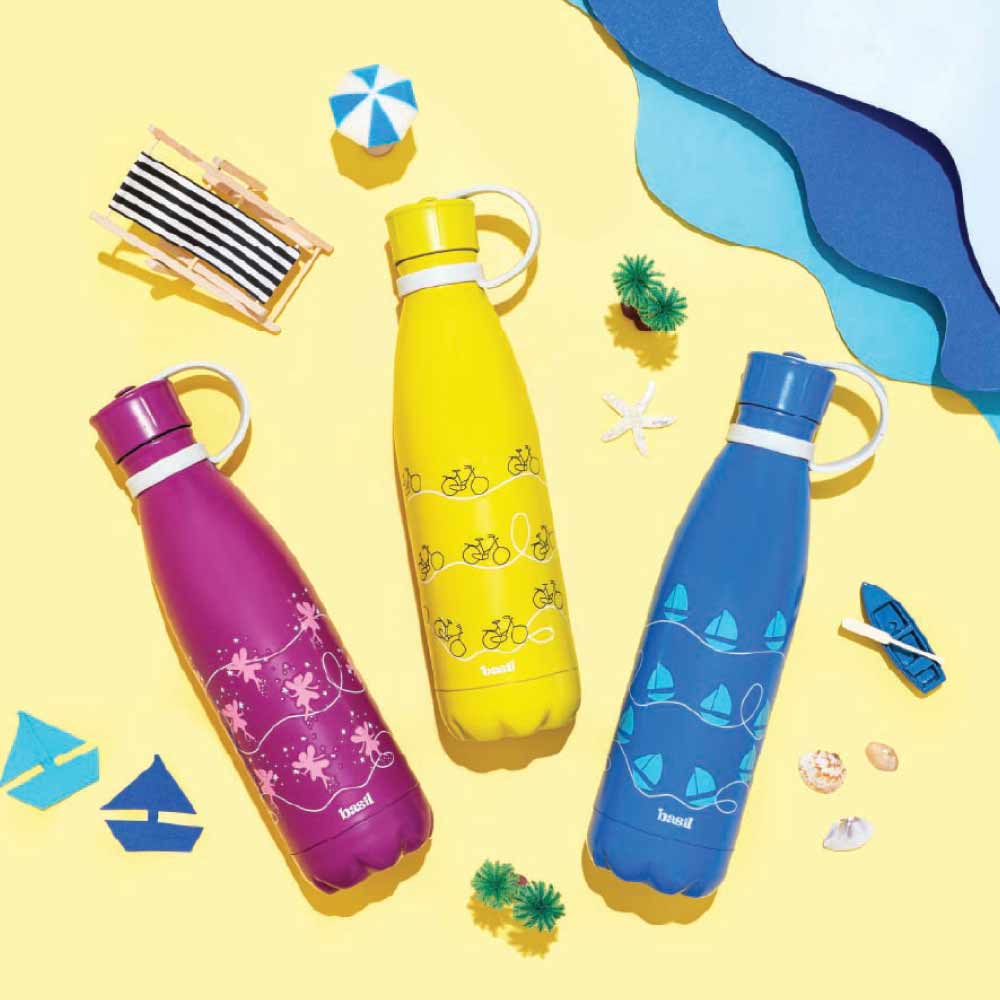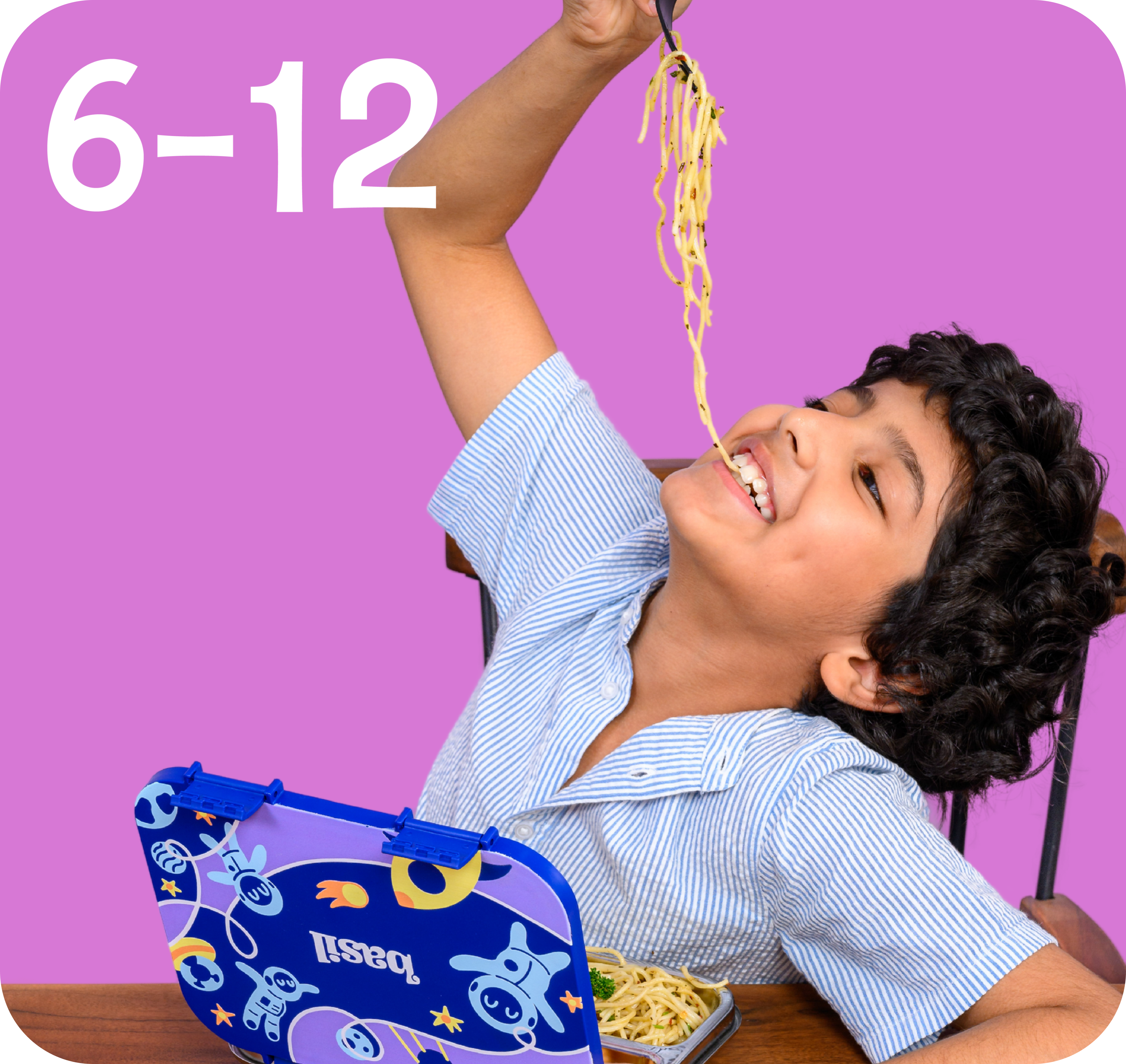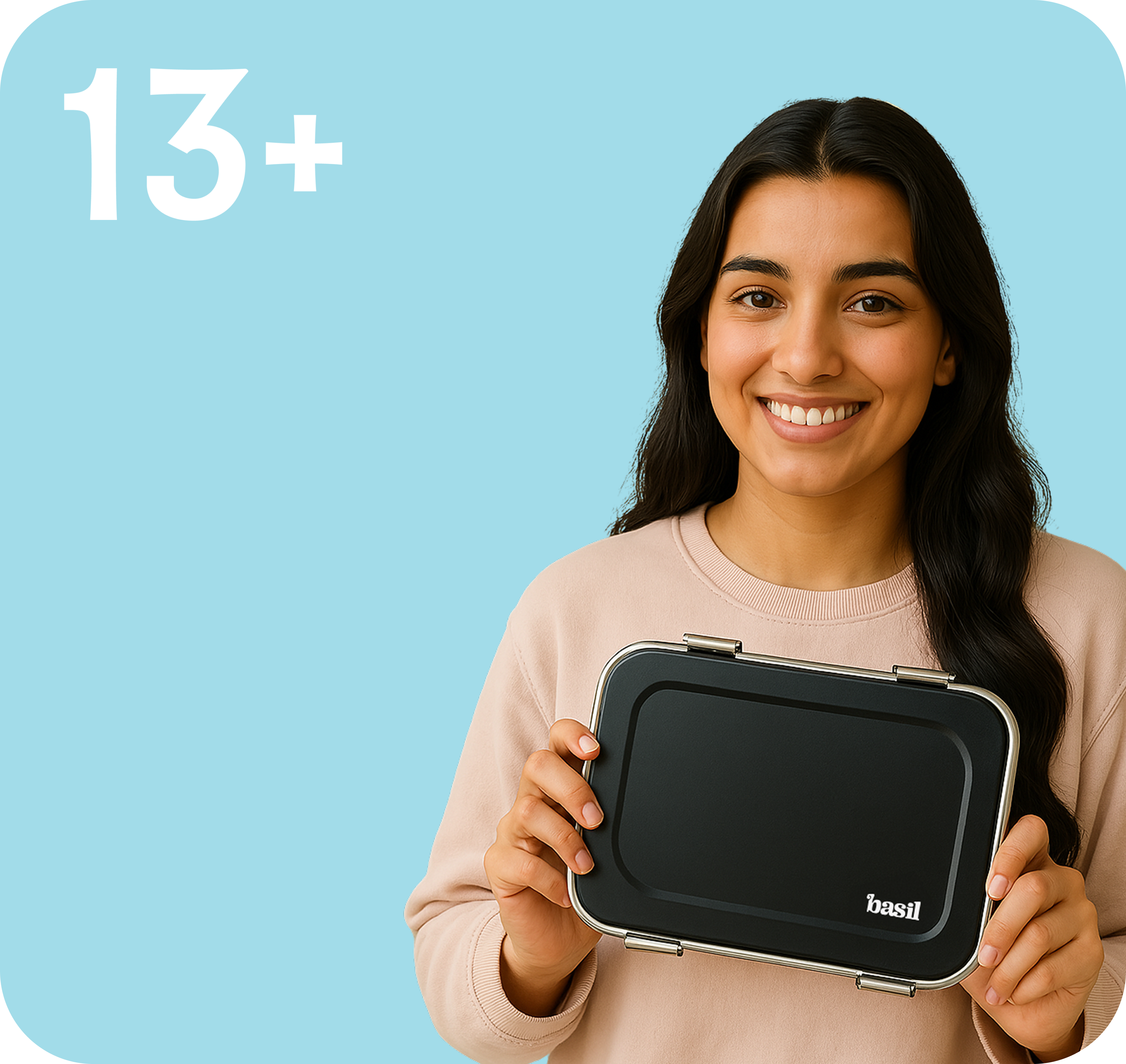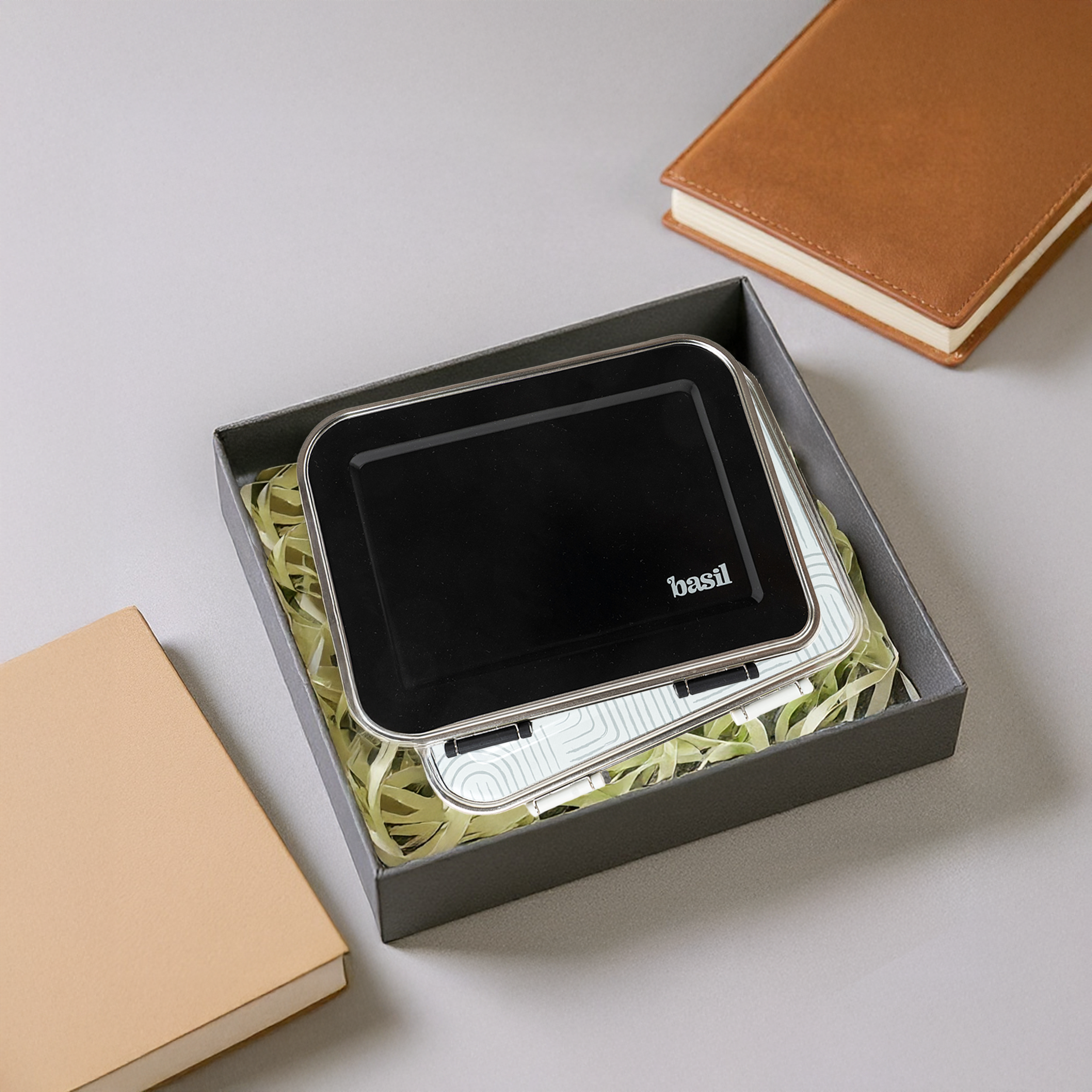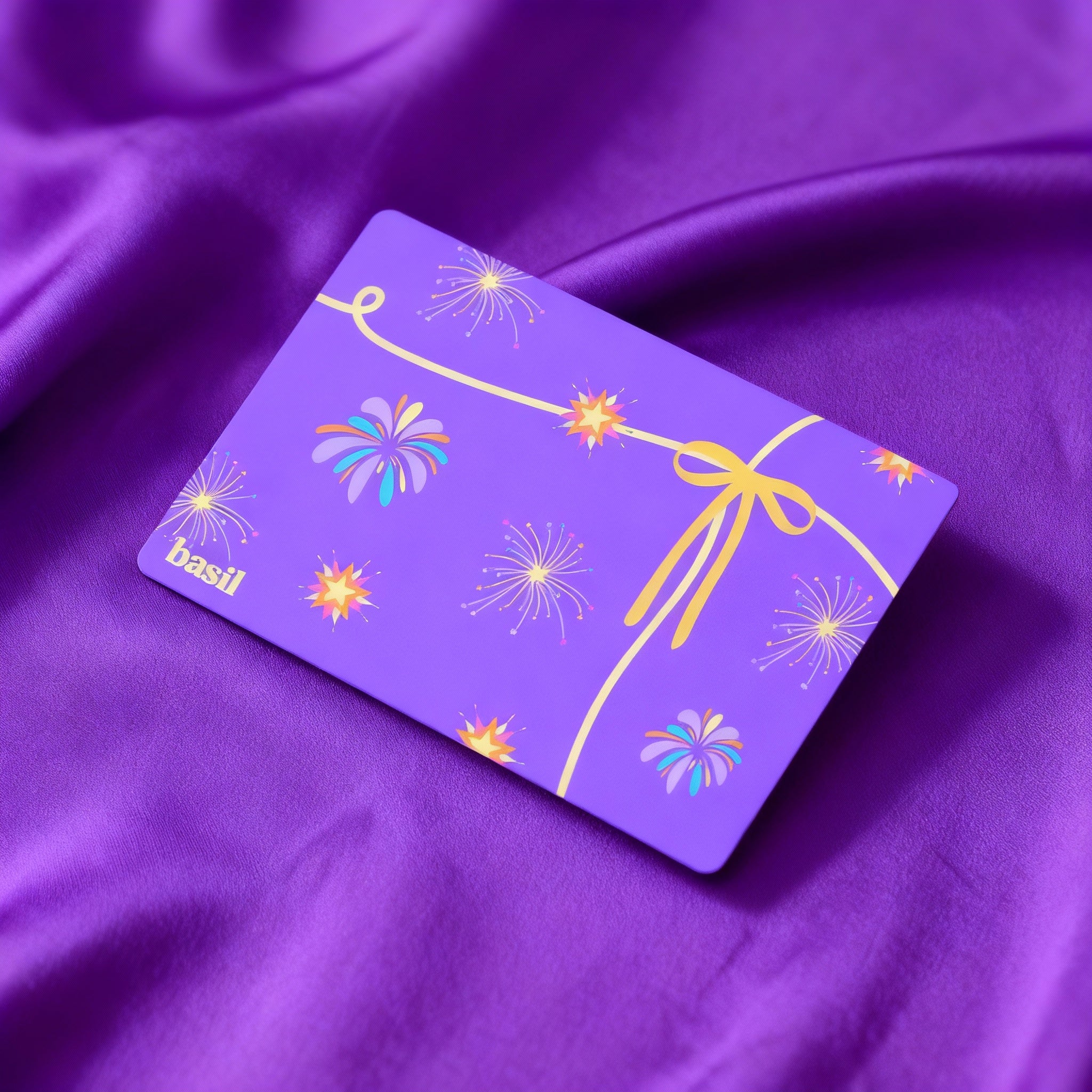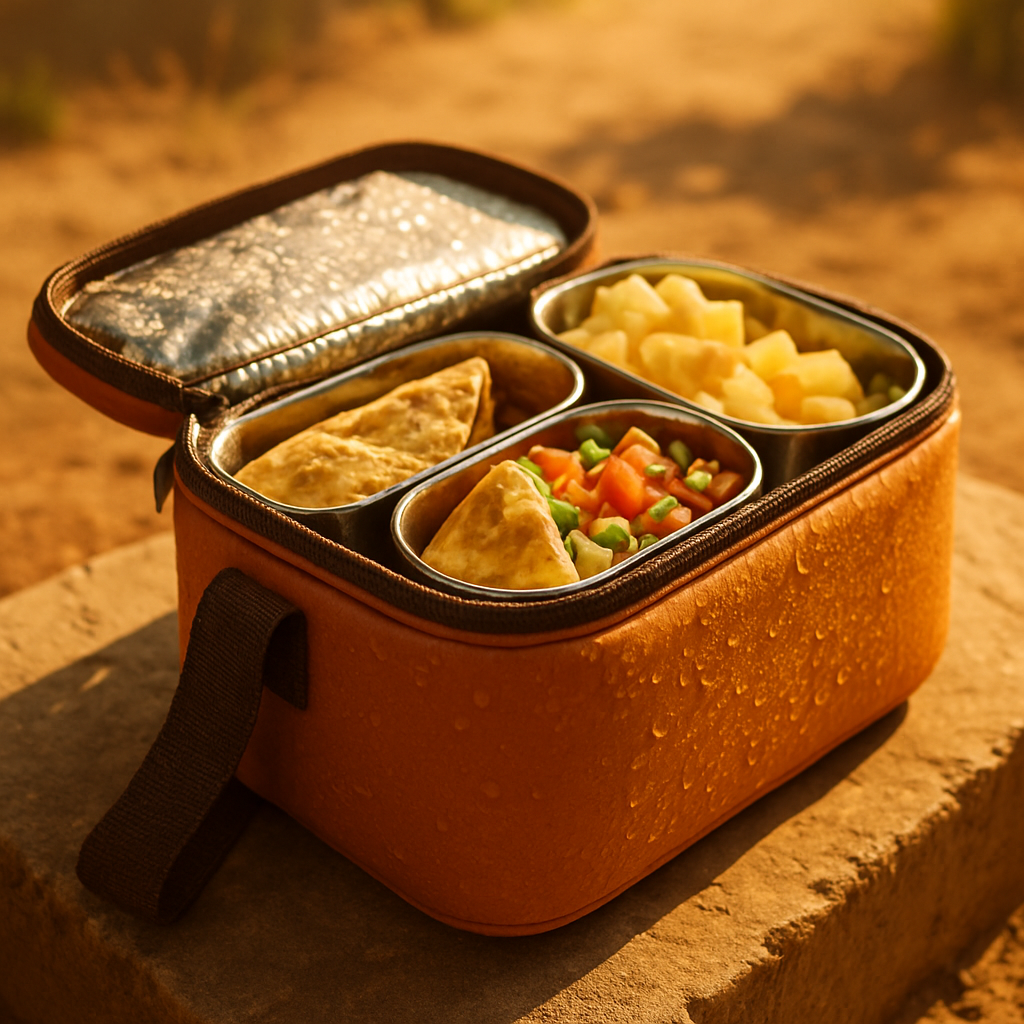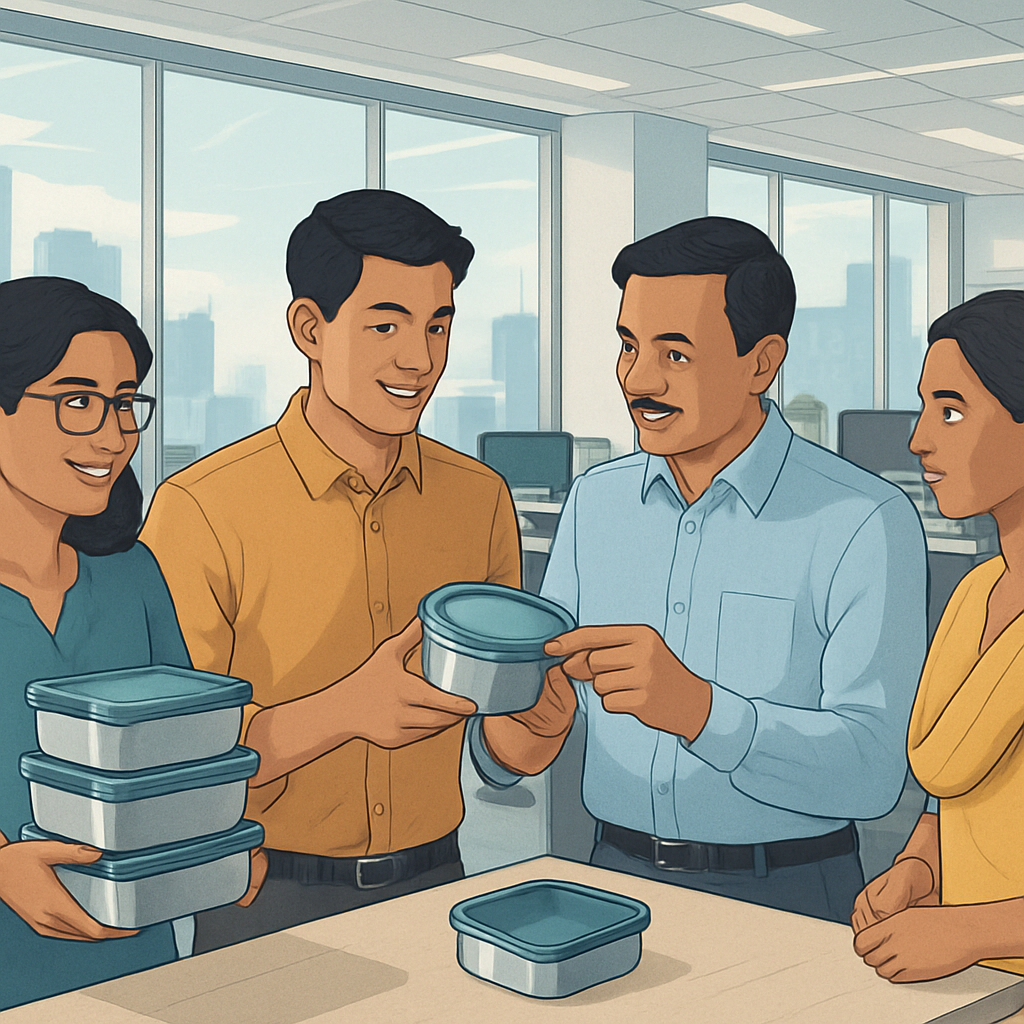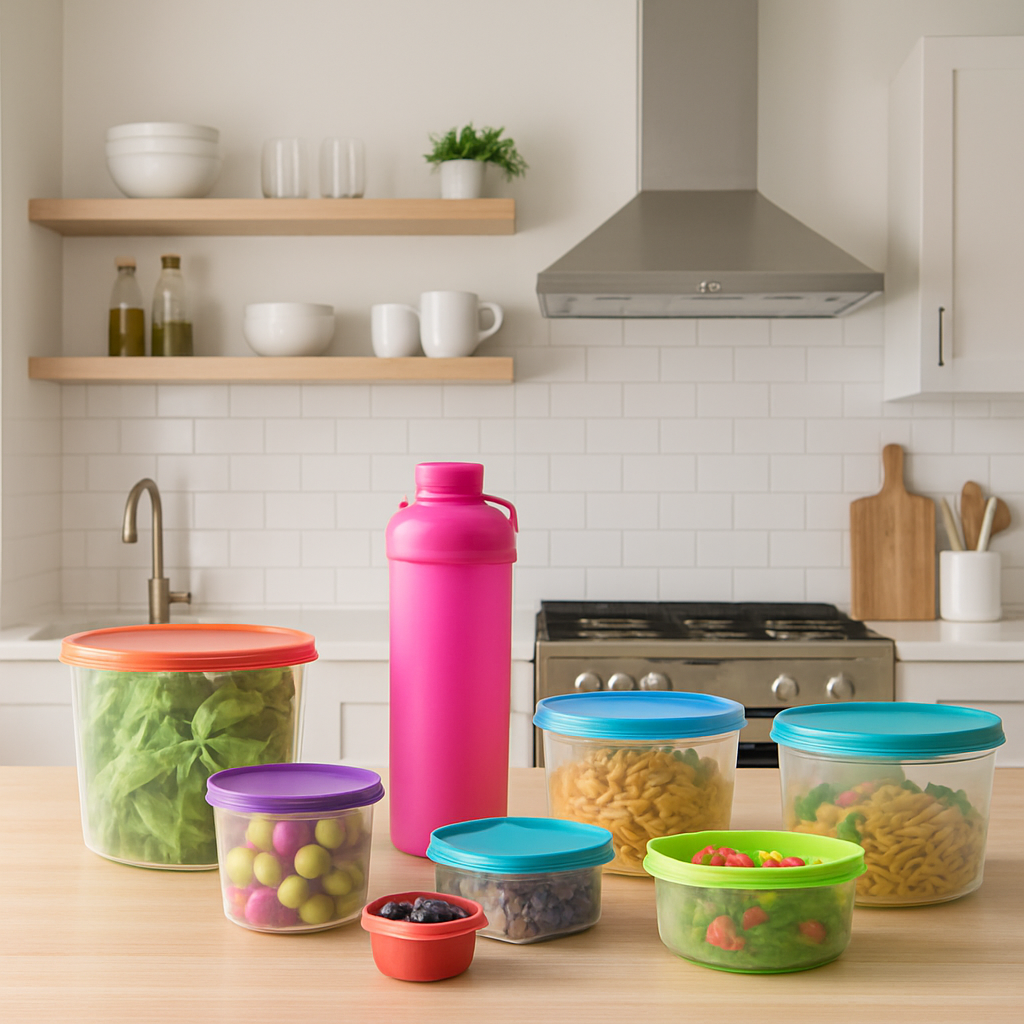Leak Proof Salad Dressing Container - Product Roundup
1. Unveiling the Versatile Salad Companion
People move fast these days. Everything from breakfast to meetings is packed in tighter, and the habit of eating well on the run—especially with salads—creates a low-level friction few notice until they’re reaching for a fork and find their bag has marinated itself in vinaigrette. The leak proof salad dressing container is one of those rare objects that, while small, suddenly reorders part of your daily life. You move from a background hum of spillage anxiety to something better: you can pack lunch and trust nothing will leak. For anyone who doesn’t want food life to devolve into a mess, these containers become essential. If you care about eating fresh, or just don’t want salad dressing all over your laptop, they’re worth knowing about.
2. Why Choose a Leak Proof Salad Dressing Container?

No Leaks, No Drama: It’s not just about clean bags—it’s peace of mind. Most leak proof containers use tight rubber seals, screw threads, or snap-on mechanisms so you can toss them around, invert them, and still trust them. If you’ve ever lost an afternoon to cleaning up olive oil from your backpack, you can appreciate this.
Freshness is Everything: Put something in a thin-walled plastic tub and it gets that taste. A proper container—glass or steel—keeps dressing fresh, doesn’t pick up stains or odors, and preserves the flavor as if it had just come out of the bottle.
Built for Motion: Small and solid enough for anyone commuting or prepping food in advance. You don’t have to be a “busy professional” to appreciate how much easier it makes life to reliably pack sauce, soup, or even a handful of nuts for later.
Protecting Your Health Along the Way: High-quality steel and glass don’t leach chemicals and make you feel less like you’re trading your convenience for mystery substances in your food. For people who think about these things, swapping out cheap plastic in favor of a container built for real use is an easy decision.
Less Disposable, More Durable: There’s an old principle: if you use something many times, over time it becomes a part of your identity. Reusable containers cut down on the endless stream of disposable plastics, which means you end up with less guilt and less trash.
The Eco-Friendly Advantage
If you zoom out, the need for containers like this isn’t just about salad. There’s a larger shift toward not making more garbage. Now that people know the consequences of single-use plastics, switching to reusable, robust options—steel, glass, even plant-derived fibers like bagasse—becomes less of a hassle and more of a quiet alignment with how we’d like the world to be. In this context, a better salad dressing container isn’t just nice to use, it’s an act of good citizenship.
Beyond the Basics: Versatility and Practical Application
One of the best things about a well-designed leak proof container is that it quickly stops being “just for salad dressing.” It’s a universal solvent in your lunch life. You start using it for tahini, soy sauce, sriracha, a handful of trail mix, or even for the quarter-cup of soup you want to save for later. Once you start, they multiply in your kitchen—a kind of infrastructure for anyone who likes to prep, snack, or avoid the limp results of pre-dressed salads.
3. Top Leak Proof Salad Dressing Containers of 2025

1. LunchBots Stainless Steel Salad Bowl with Lid
Here’s the archetype: serious, all-stainless construction and a real lid, not a wobbly piece of plastic. Dishwasher safe too. The 6-cup capacity is big enough for legitimate salads—not some token side. If you’re into meal prepping or just want a salad to play a starring role at lunch, this bowl is for you.
Specifications
Material: Food-grade 18/8 stainless steel
Capacity: 6 cups
Weight: 15.2 ounces
Dimensions: 6.5 x 6.5 x 2.25 inches
Dishwasher Safe
Pros: Built to last, handles hot or cold, genuinely eco-friendly.
Cons: Lid’s a bit stubborn to open with hot foods—it wants to stay sealed.
You’ll find it on Amazon and the usual names.
2. KITOME Glass Baby Food Container Jar
Ignore the “baby food” in the name—these are adaptable, clear, simple glass jars that work for everything from salad dressing to leftover pesto, from herbs to snacks. What glass gives you (besides being pleasing to look at) is that total inertness: no flavor drift, nothing staining.
Specifications
Material: High-quality glass
Capacity: Variable sizes
Lid Type: Screw-on
Pros: Multipurpose, keeps things fresh, can see what’s inside.
Cons: Breaks if dropped—gravity is the only real enemy here.
Cost: Amazon is your friend here as well. (Amazon.com: VITEVER [6 Pack] Salad Dressing Container)
3. Basil Stainless Steel Bento Box
This one has an energy the others don’t—it’s playfully designed for both grownups and kids. Colorful exteriors, actual hinges that click tight, and enough insulation to keep lunch the temperature you packed it at. It’s not just a salad dressing container; it’s the kind of bento you send to school or the park and trust not to let you down—or embarrass your kids. Basil specializes in creating fun, bright, and functional mealtime products for kids and adults alike.
Specifications
Material: Stainless steel
Capacity: 900 ml
Design: Multiple colorful styles
Pros: Playful aesthetic, robust and watertight.
Cons: If color or design aren’t your thing, might not fit your vibe.
Basil Bento Boxes can be purchased directly or through the usual retailers.
4. Comparative Analysis
Product |
Material |
Capacity |
Leak-Proof Technology |
|---|---|---|---|
LunchBots Stainless Steel Salad Bowl |
Stainless Steel |
6 Cup |
Click On Lid |
KITOME Glass Baby Food Container Jar |
Glass |
Varies |
Screw-On Lid |
Basil Stainless Steel Bento Box |
Stainless Steel |
900 ml |
Secure Hinges |
Additional Considerations
When you’re staring at a shelf of containers (or more likely, pictures of them) it’s easy to skim right past the details. Here’s how to think like someone who cares about using the thing every day, not just ticking off features:
Material Insights
Stainless Steel: It’s the tank of lunchware, barely picking up stains, and it lasts for years. If you’re going long-term, this is the “one and done” material.
Glass: Food tastes like itself, never metal or plastic. You can toss it in the microwave, too. The drawback? Heavier and less tolerant of being dropped.
Leak-Proof Technology
Not all leak proof is created equal. Some containers depend on snap-on lids that seal with a “click”—definitive, feels secure. Others rely on screw-threads or metal hinges. Pay attention to how it actually closes, because every additional mechanism is a potential point of failure, but also a point of trust if it’s done right.
User Feedback
Every product develops a fan base (and, inevitably, a set of loud critics). The LunchBots gets praise for holding an actual meal—but users warn the hot food creates suction that can make the lid a struggle. KITOME wins for adaptability, especially for storing a wider range of foods. The Basil Bento, while a favorite among parents, also finds friends among adults wanting an expressive or non-corporate lunchtime look.
Pricing and User Recommendation
Is higher price always a signal of higher quality? Sometimes, but not always. The LunchBots is pricier, but if you’re packing lunch 200 days a year, it pays for itself. KITOME’s a best buy for those just looking to upgrade from disposables or get more organized. Rather than just staring at prices, try to picture your daily routine: do you care more about style, ruggedness, or how many years you can use it?
5. Expert Insights and Recommendations
If you look at the problem from 30,000 feet, most experts on sustainability will push you toward steel and glass, and for good reason. The folks at Cirkla Inc., who specialize in sustainable packaging, stress that these materials don’t just solve the “personal” problem of leaking lunch—they help at scale, cutting into the modern glut of throwaway plastics. And when performance is as good or better, it becomes almost irrational to keep using disposables.
Expert Opinions on Materials
There’s a pattern across comments from people who design or use containers for a living: glass and steel are king. They last, they’re neutral with food, and (especially for glass) they don’t taste like anything but themselves. When companies like Cirkla introduce new approaches, like Modified Atmosphere Packaging in fiber trays, they’re making a strong case that you can dial back your plastic usage without compromise.
Considerations for Selecting Containers
If you’re wading into the world of leak proof containers, here’s what the pros recommend:
Material Safety and Durability: Go BPA-free if you insist on plastic, but really, steel or glass is the gold standard for longevity and safety.
Size and Capacity: Match the volume to what you actually eat; save yourself from lugging around a quart of dressing if you only use two tablespoons.
Design and Ergonomics: The best container has a closure you don’t have to fight with, but that doesn’t pop open in your bag.
Cleaning and Maintenance: If you won’t hand wash it, make sure it’s dishwasher-safe—almost all high-quality ones are, but check first.
Moving Towards Sustainability
The quiet revolution in food containers is happening behind the scenes: companies like Cirkla are dropping plastic shares by up to 85% by using innovative molded fibers. For a consumer, this is invisible—until suddenly you realize you almost never buy plastic anymore. If you care about the planet, voting with your wallet makes a difference.
6. Environmental Impact of Choosing Leak Proof Containers
This is where the arc turns from “what helps my lunch” to a much bigger impact. Steel, glass, and plant fiber aren’t just longer lasting—they’re part of a mindset shift from single-use to durable behaviors. When you swap in these materials, your individual trash can shrinks. Reusability creeps in until it’s second nature and you forget you ever bought disposable plastics in the first place.
6.1 Stainless Steel and Glass Containers
The logic is simple: steel and glass don’t “wear out” in the way plastic does. Used right, they might last for decades—an implicit argument against our culture’s rush to discard. And because they don’t interact chemically with food, you get unfiltered flavors and zero risk from residual taste or weird leachates.
6.2 Bagasse-Based Packaging
Bagasse is an oddball in the container world—essentially repurposed sugarcane pulp—but it’s quietly gaining admirers. It composts rapidly, breaks down back into the soil, and doesn’t gum up landfills for centuries. For packaging food (especially at scale), this is one of the few bio-materials that work without real tradeoffs: it holds its shape, can look attractive, and makes you feel like you’re evolving past oil-derived plastics altogether.
6.3 Contribution to Reducing Single-Use Plastics
For most of us, switching to a reusable container feels small. But the difference adds up. Every time you avoid buying a single-use sauce cup, it’s one less bit of plastic that could end up in the Pacific. As enough people make this shift, pressure grows for companies to offer better packaging and for governments to move on bans and incentives. Cultural change is, at its root, a chain reaction of small decisions made by millions.
Knowledge of impact matters. Each container kept in use for years is another hedge against landfill overflow. As more people shift, the market learns, and the next generation has to work a bit less hard to live sustainably.
7. Wrapping Up: The Impact of Informed Choices
A leak proof salad dressing container seems like a small detail. But when you zoom in on your habits and zoom out on the environment, it’s clear: these changes stack up. Investing in the right container isn’t just personal convenience—it’s a quiet experiment in sustainable living. If you’ve found a model, a brand, or even a new material that keeps your lunch and your conscience clear, share it—because good ideas, once out in the wild, spread.
8. FAQs: Your Curiosities Answered
Q: How do I properly clean my leak-proof salad dressing container?
A: Most quality containers—steel or glass—go in the dishwasher. Just watch that seals don’t collect residue over time, and avoid strong detergents that’ll eat at silicone or rubber.Q: Can these containers be used for storing other types of food?
A: Absolutely—in fact, you’ll find more uses the longer you have them: fruit, snacks, even leftovers will find their way in.Q: Are these containers microwave safe?
A: Glass usually is (unless the lid is metal or plastic). For steel, do not microwave. Always check specifics first.Q: How effective are these containers at keeping dressings fresh?
A: If you get a true leak-proof, airtight seal, it keeps oxygen out—your dressing won’t separate or spoil, and stays as fresh as the day you made it.Q: How can I ensure that my container remains leak-proof over time?
A: Inspect the seals, gaskets, and moving parts now and then. Replace anything wearing out—it’s usually cheap—and don’t overfill or force the lid.Q: Are there eco-friendly options available for these containers?
A: Yes. Steel, glass, bagasse—each one has variants that minimize waste and outlast disposables by years.Q: Can children use these containers safely?
A: Designed right, they’re often safer than a throwaway plastic. For younger kids, supervision is smart (glass breaks, steel edges), but the latches and seals are simple enough for most ages.





